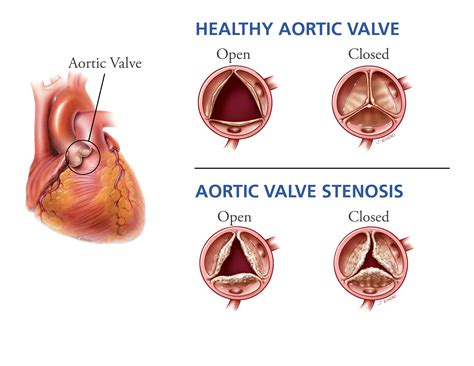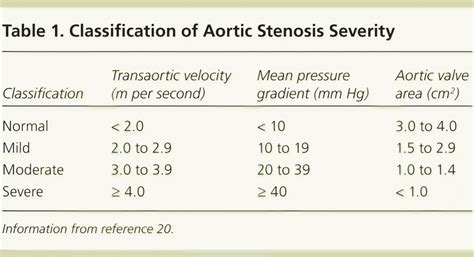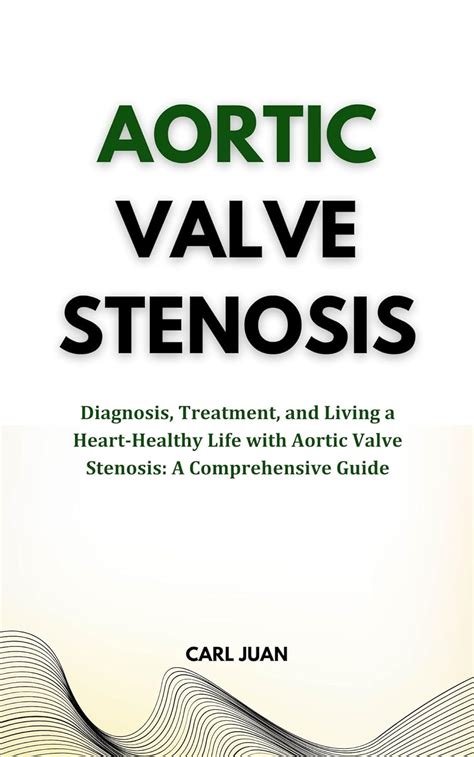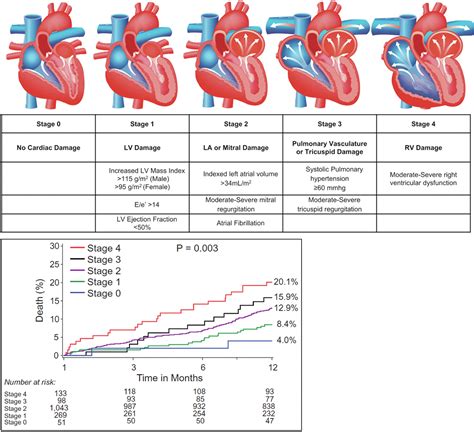Intro
Discover 5 ways aortic stenosis affects heart health, including symptoms, diagnosis, and treatment options for this valve disease, and learn about its connection to coronary artery disease, heart failure, and cardiac arrhythmias.
Aortic stenosis is a serious heart condition that affects millions of people worldwide. It occurs when the aortic valve, which regulates blood flow from the heart to the rest of the body, becomes narrowed or constricted. This narrowing can lead to a range of symptoms, from mild to severe, and can significantly impact a person's quality of life. In this article, we will explore the importance of understanding aortic stenosis, its causes, symptoms, and treatment options. Whether you or a loved one is affected by this condition, it is essential to stay informed and take proactive steps to manage its impact.
Aortic stenosis is a condition that can be managed with the right treatment and lifestyle changes. However, if left untreated, it can lead to serious complications, including heart failure, arrhythmias, and even death. The good news is that with advances in medical technology and treatment options, people with aortic stenosis can lead active and healthy lives. By understanding the condition, its symptoms, and treatment options, individuals can take control of their health and make informed decisions about their care.
The impact of aortic stenosis on daily life should not be underestimated. Simple tasks, such as walking or climbing stairs, can become challenging due to shortness of breath, chest pain, or fatigue. Furthermore, the emotional and psychological toll of living with a chronic condition can be significant, affecting relationships, work, and overall well-being. Therefore, it is crucial to address aortic stenosis with a comprehensive approach that includes medical treatment, lifestyle modifications, and emotional support.
Understanding Aortic Stenosis

Symptoms of Aortic Stenosis
The symptoms of aortic stenosis can vary widely, depending on the severity of the condition and the individual's overall health. Common symptoms include: * Chest pain or discomfort * Shortness of breath * Fatigue * Dizziness or lightheadedness * Palpitations or irregular heartbeat * Swelling in the legs, ankles, or feet It is essential to seek medical attention if you or a loved one is experiencing any of these symptoms, as prompt diagnosis and treatment can significantly improve outcomes.Diagnosing Aortic Stenosis

Treatment Options for Aortic Stenosis
Treatment for aortic stenosis depends on the severity of the condition, as well as the individual's overall health and medical history. Mild cases may be managed with lifestyle modifications, such as: * Regular exercise * Healthy diet * Stress reduction * Avoiding heavy lifting or strenuous activities More severe cases may require medical intervention, including: * Medications to manage symptoms and slow disease progression * Valve replacement surgery: a surgical procedure to replace the damaged valve with an artificial one * Transcatheter aortic valve replacement (TAVR): a minimally invasive procedure to replace the damaged valve with an artificial oneLiving with Aortic Stenosis

Managing Symptoms and Complications
Managing symptoms and complications of aortic stenosis is crucial to improving quality of life and reducing the risk of serious complications. This may involve: * Keeping a symptom journal to track changes and patterns * Developing a plan for managing symptoms, such as taking medication or practicing relaxation techniques * Staying hydrated and avoiding dehydration * Getting enough rest and avoiding fatigue * Avoiding heavy lifting or strenuous activitiesFuture Directions in Aortic Stenosis Research

Conclusion and Next Steps
In conclusion, aortic stenosis is a serious heart condition that requires prompt diagnosis and treatment. By understanding the causes, symptoms, and treatment options, individuals can take control of their health and make informed decisions about their care. Whether you or a loved one is affected by aortic stenosis, it is essential to stay informed and take proactive steps to manage its impact. We invite you to share your thoughts and experiences in the comments below, and to explore the resources and support groups available to help you navigate this condition.What are the symptoms of aortic stenosis?
+The symptoms of aortic stenosis can vary widely, but common symptoms include chest pain or discomfort, shortness of breath, fatigue, dizziness or lightheadedness, palpitations or irregular heartbeat, and swelling in the legs, ankles, or feet.
How is aortic stenosis diagnosed?
+Aortic stenosis is typically diagnosed using a combination of physical examination, medical history, and diagnostic tests, such as echocardiogram, electrocardiogram (ECG or EKG), chest X-ray, cardiac catheterization, and magnetic resonance imaging (MRI).
What are the treatment options for aortic stenosis?
+Treatment for aortic stenosis depends on the severity of the condition and may include lifestyle modifications, medications, valve replacement surgery, or transcatheter aortic valve replacement (TAVR).
